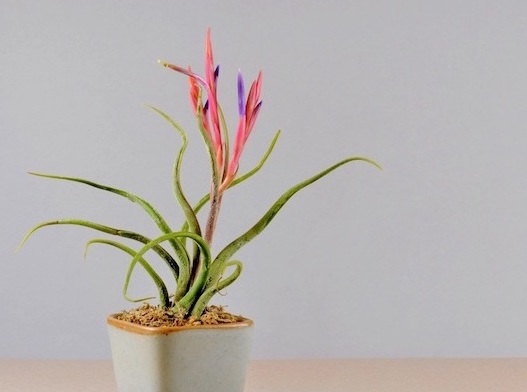For the Beginner Botanist
Golden Pothos and Air Plants (Tillandsia)

So, you decided to dig deeper into the world of indoor plants. Great! Not sure what to grow first inside your humble abode? The golden pothos is a popular choice among indoor gardening novices. Sporting big, beautiful yellow and green leaves, the golden pothos grows rapidly from pots and hanging baskets with low light and moist soil.
Halleck, who has just written the book Gardening Under Lights: The Complete Guide for Indoor Growers, also suggests trying small air plants, or tillandsia. “They can be very easy for beginners to experiment with. They don’t require soil. Just submerge them in some water once a week for a minute or so, and you’re good to go.”




